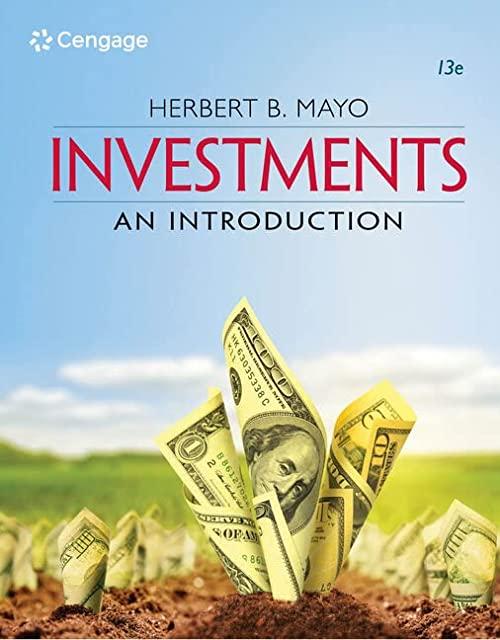Question
1) Download S&P500 daily index prices from Jan.1, 2020 to Jul. 30, 2020. 2) Calculate daily returns over the sample period. 3) Divide two sample
1) Download S&P500 daily index prices from Jan.1, 2020 to Jul. 30, 2020.
2) Calculate daily returns over the sample period.
3) Divide two sample periods: in-sample (Jan.1 2020 - May 30, 2020), out-of-sample (Jun.1,2020 - Jul.30, 2020)
4) Compute "mean" and "standard deviation" for the daily returns using only over the in-sample period.
5) Calculate the 1-day VaR (99%) on a percentage basis using the calculated mean and standard deviation.
6) Using the out-of-sample period, count the number days showing daily returns are beyond the 1-day VaR. Do you think that the 1-day VaR would be good to measure down-side risk?
Step by Step Solution
There are 3 Steps involved in it
Step: 1

Get Instant Access to Expert-Tailored Solutions
See step-by-step solutions with expert insights and AI powered tools for academic success
Step: 2

Step: 3

Ace Your Homework with AI
Get the answers you need in no time with our AI-driven, step-by-step assistance
Get Started


